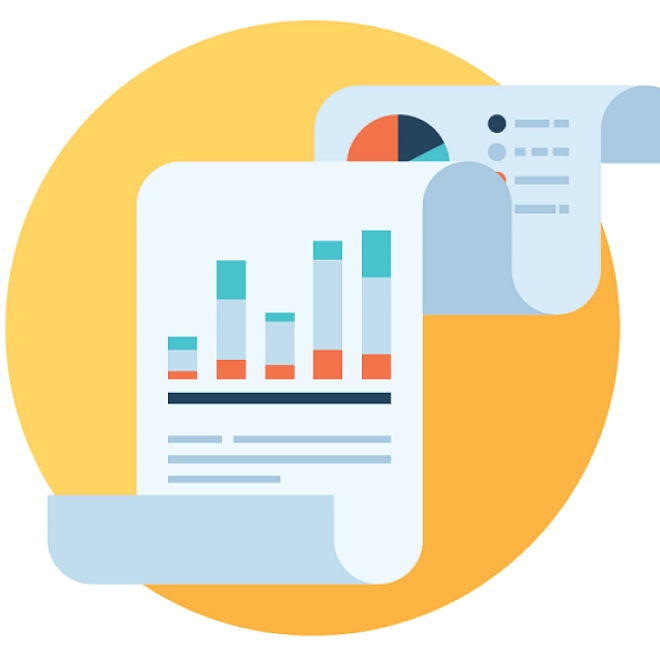No results found
Smart operations in time of COVID-19
Innovative ways to keep the business running
While COVID-19 is spreading across the globe, the primary concern of enterprises is to keep employees and their families safe, whilst also ensuring business continuity. This article provides some ideas how Industry 4.0 technologies can help keep operations running in a safe way on the short term. These solutions can benefit industry operations on the long term as well.
I: Keep employees healthy by detecting infected colleagues with sensors
Using sensors, all employees on the shop floor can be monitored in real time for showing symptoms of a COVID-19 infection. Sensors can be used to measure body temperature on the body, and heat-cameras can visualize warmer areas on video. Quick registration of infected employees can prevent them entering the premises, or quick removal as to not infect any co-workers. Cloud based solutions are readily available as a kickstart.
II: 3D print to quickly produce primary need products, spare parts or alternative products
In light with the changing market demand as described above, alternative production processes may offer the solutions to quickly upscale production, or produce alternatives. 3D printing technology has developed quickly over the last years and can help to instantly produce high-demand products, critical parts that are temporarily not produced by your supplier or spare parts to keep your production line running when breakages occur. A good example we saw is an Italian hospital using 3D printing to print valves for the breathing machines. Possibly temporary parts-printing could keep some factories running that have to pause production as global supply chains are disrupted.
III: Use VR and AR for work instructions and training
Virtual and Augmented Reality devices close the physical distance between people, being able to work together or provide instructions in an almost “real-life” environment. A person in a central control center, or even from home quarantine, can provide guidance to employees in a factory. This reduces the number of operators needed on location, which not only enables operations to keep running, but also reduce the infection risk amongst employees. Furthermore, VR and AR can be used to train people individually and remotely, they can now spend time on training in their homes for situations where otherwise they would need to be on the shop floor in order to do so.
IV: Build robots and chatbots to quickly answer questions or to execute repetitive tasks
Robots (using Robotic Process Automation) and chatbots (using Robotic Cognitive Automation) can quickly be implemented and trained. Robots can help do repetitive simple tasks, and can be scaled-up or scaled-down quickly following volatile demand. Chatbots based on cognitive technology can help answer the sudden large amounts of questions from the general public or your customers.
V: Smart supply chain, build intelligent operation system of supply and demand, and digitize the chain of resource transactions
In uncertain and quickly changing circumstances like we are currently facing, agility and speed throughout your supply chain is priceless. Changing customer demand, in some cases steep increases and in other cases a sudden drop or even total stand-still requires an agile, quickly responding supply network.Digital Supply Networks with less aggregation and limited human contact speeds up transaction processing and real-time interaction between online information and physical flow as decisions are made in a split second, in real time and 24/7.
While establishing a full digital supply network will take years, smaller pieces of the network can be implemented on shorter term. For example, companies can now use digital tools and systems as the establishment of online authentication and trading, electronic bidding and procurement, and electronic contract signing to enable no-contact operations and short transaction times. Real-time inventory insight, location of assets and transportation situation enables an optimal sourcing tactic. Please read this article for deeper insight on the impact of COVID-19 on supply chains.
VI: Use intelligent knowledge management to integrate and disperse knowledge and information quickly across your organization
Under the current epidemic, enterprises are faced with many collaborative challenges: physical co-location is limited, quickly changing circumstances, rules and measurements, and a lack of internal and external coordination. Efficiency is limited as everyone is trying to develop his own solution, re-inventing the wheel multiple times. A intelligent knowledge management system using AI can integrate and disperse knowledge and information, empowering the employees of the enterprise. For example, solutions developed in one area of the enterprise can quickly be shared with other parts of the organization, increasing the responsiveness of the total organization to changing and uncertain circumstances.
If there is one thing this pandemic has shown us again, it’s that agility is crucial to survive. Technological solutions as described in this article can help your organization to be more agile, scale up and down quickly and continue operations from remote locations.
Authors
André Barneveld Binkhuysen
Partnera
+31 882 88 00 03
Marjolein Schipper
Manager
+31 882 88 57 77
Did you find this useful?
Thanks for your feedback
If you would like to help improve Deloitte.com further, please complete a 3-minute survey
Your feedback is important to us
To tell us what you think, please update your settings to accept analytics and performance cookies.



